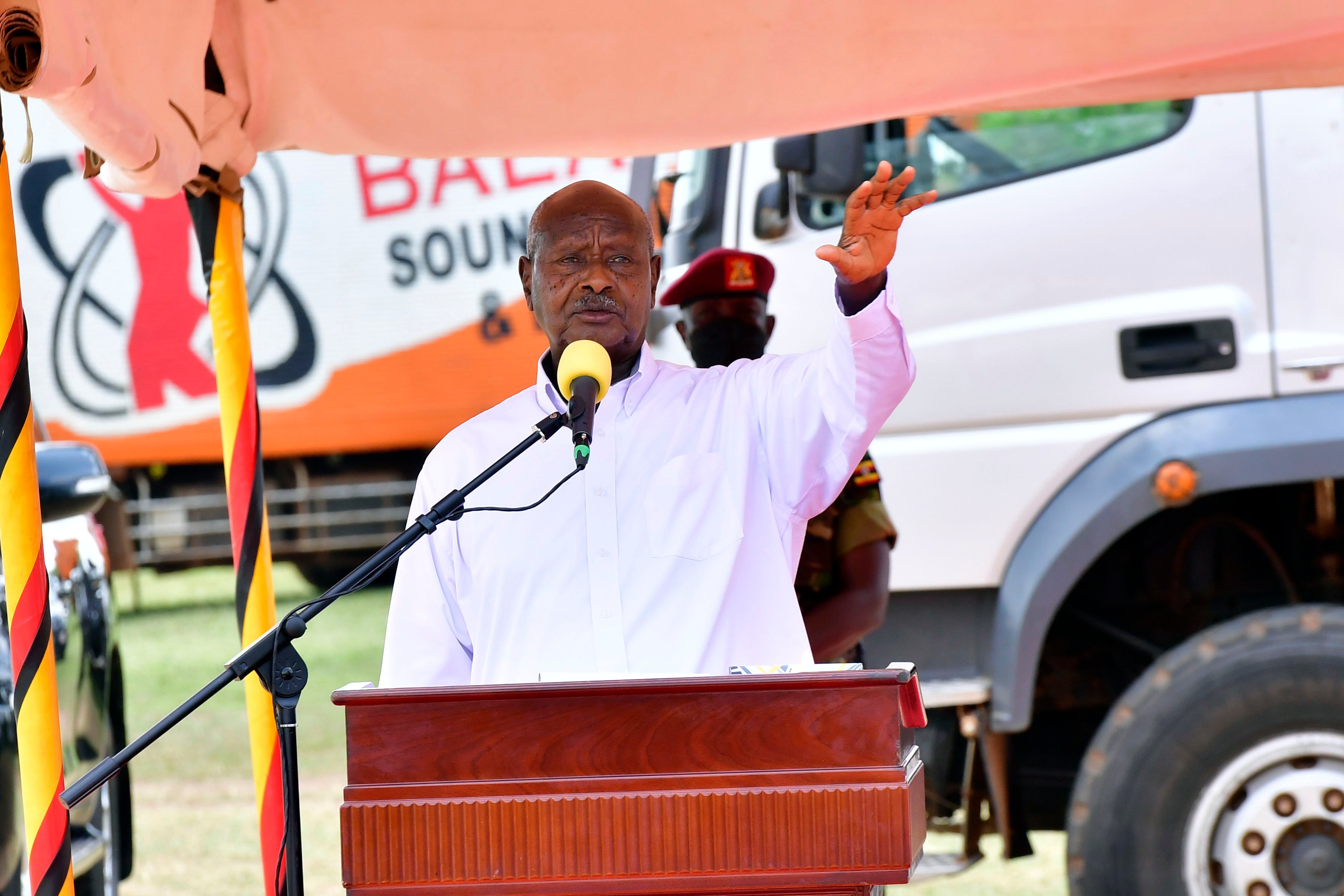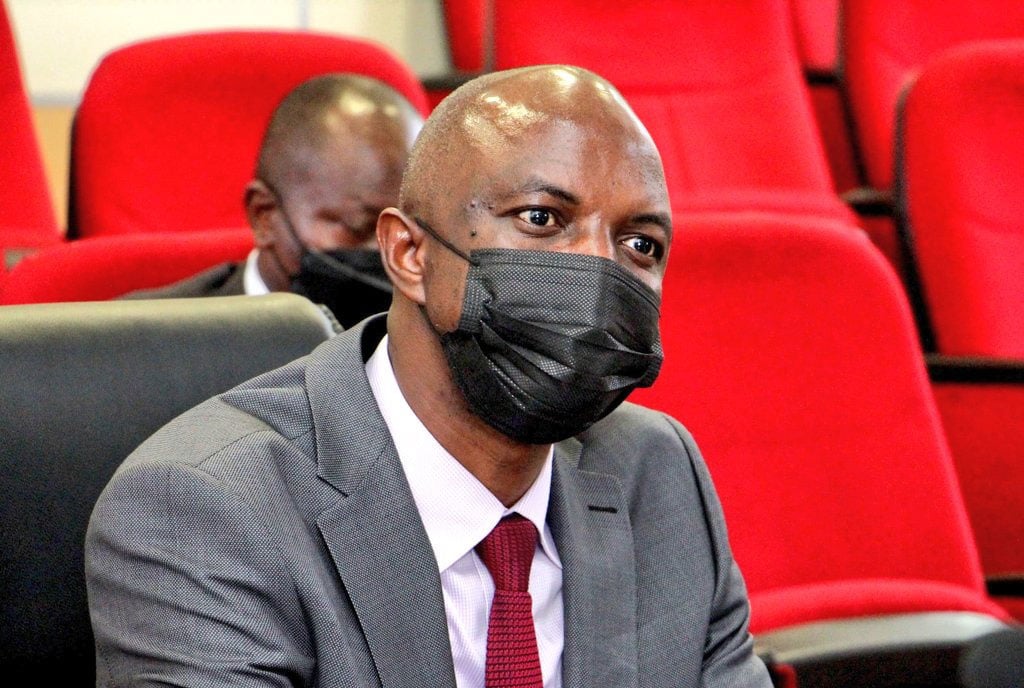Gulu leaders worry over hurdles in PDM execution

President Museveni speaks during the launch of the Parish Development Model programme in Kibuku District in March. PHOTO/ FILE
What you need to know:
- The leaders say unless quick steps are taken, the PDM programme could bear very limited fruits due to setbacks
Leaders in Gulu District have expressed worry that the implementation of the Parish Development Model (PDM) could hit a snag, pointing to critical loopholes.
Just like other poverty alleviation programmes such as Emyooga that were quickly hit by setbacks in the district, the leaders say unless quick steps are taken, the PDM programme could bear very limited fruits due to setbacks.
Speaking to the media in Gulu City on the sidelines of a training of the PDM supervisors and trainers on Tuesday, Mr Christopher Opiyo Ateker, the Gulu District chairperson, said lack of administrative structures, limited awareness, and poor network could jeopardise the initiative.
“We are encountering a number of challenges. The Electoral Commission (EC) has not conducted elections for office bearers of the newly created administrative units such as villages and parishes, and this means we have very many parishes and villages without leaders to mobilise for and supervise the programme,” Mr Ateker said.
READ MORE
Mr Ateker added that they have tried to form caretaker positions for the villages and parishes at the levels of LC1 and LC2.
“We have written to the Local Government ministry to allow us use the caretakers during the implementation [of the programme] while we wait for the elections of LC1 and LC2, which will be conducted by in 2023,” he added.
He also listed the absence of stable electricity to run the equipment to be used by the programme supervisors in villages, adding that most parts of the district do not have a stable Internet connection.
“Many parishes in Owoo, Paicho, Patiko, and Awach sub-counties are not on the national grid. These gadgets to be used by the supervisors and the enumerators need to be charged, so in a situation where these gadgets are not charged, the parish chiefs are going to have a lot of challenges,” Mr Ateker said.
Last month, the district received approximately Shs156 million from the Ministry of Local Government to help in conducting community sensitisation and mobilisation at the district and parish levels, as well as recruit parish chiefs to supervise the programme.
On Monday and Tuesday, the Uganda Bureau of Statistics (Ubos) conducted orientation training for trainers of PDM supervisors in Gulu District in Gulu City.
Mr Paul Okello, a senior statistician with Ubos, said the trained personnel will be mandated to do community profiling, data collection analysis, tabulation, storage, and dissemination at the parish level before the implementation of the programme begins.
The data, Mr Okello said, will help generate work plans and budgets, including the performance reports of PDM.
Addressing concerns about the poor Internet connection concerns, Ms Imelda Mirembe, a senior communications officer at the Ministry of ICT and National Guidance, said Internet connections will be required at only limited intervals during the profiling and registration periods of the project.
“The data collection is going to be carried out using a mobile application and the Internet can only be used for logging in and downloading the forms from the servers and submitting the two different types of forms for household profiling and community profiling,” she said.
After downloading the forms, the officer can fill in as many forms as they want since the system is designed to absorb data, both on and off the Internet. They will only require the Internet once they are uploading the same data back on the server,” Ms Mirembe explained.
About the PDM
The Parish Development Model aims to see development activities planned for and executed in parishes, as the lowest level unit for planning and development, as government moves to advance the benefits of decentralisation. The initiative aims to spring the nearly 39 percent households from subsistence economy to commercial production.




